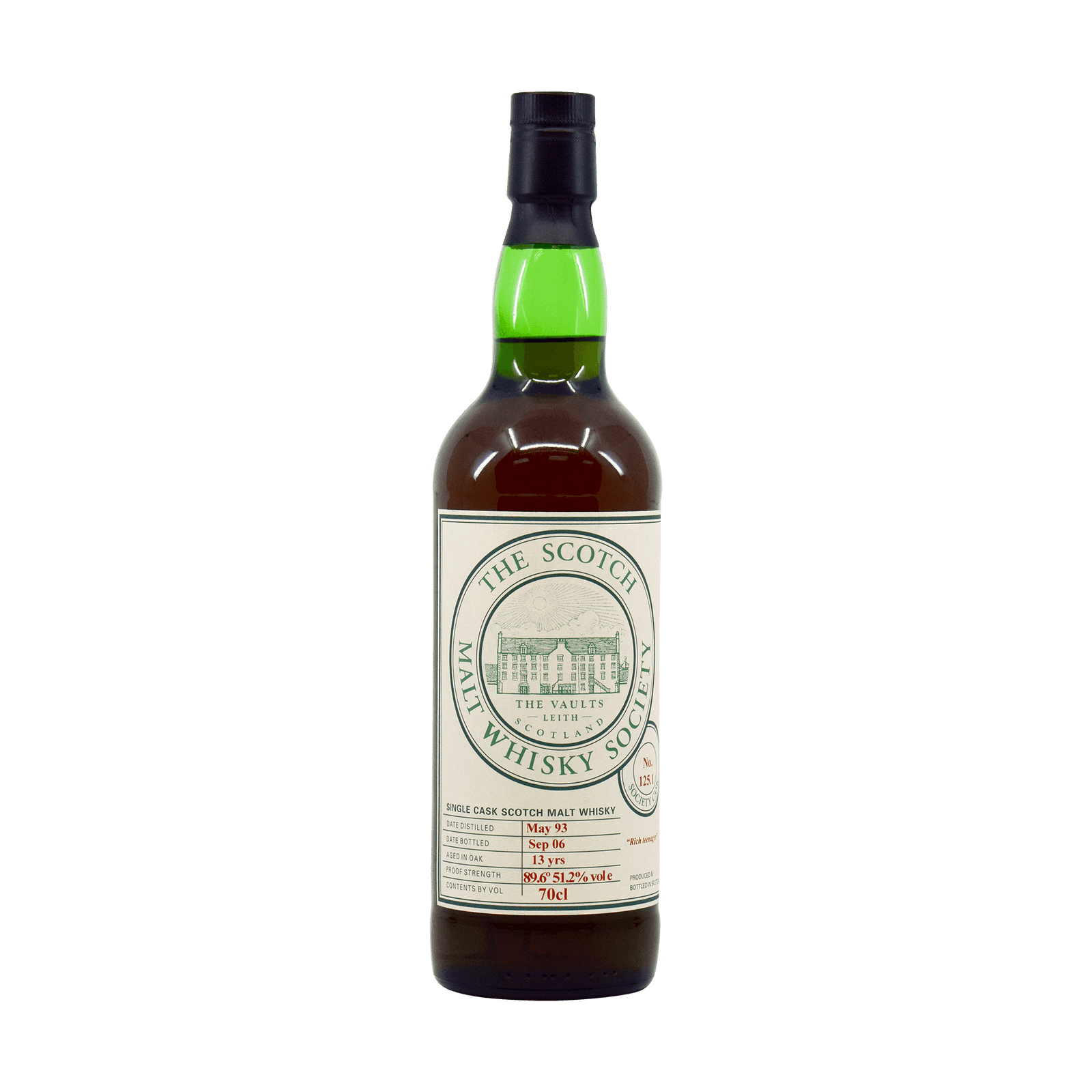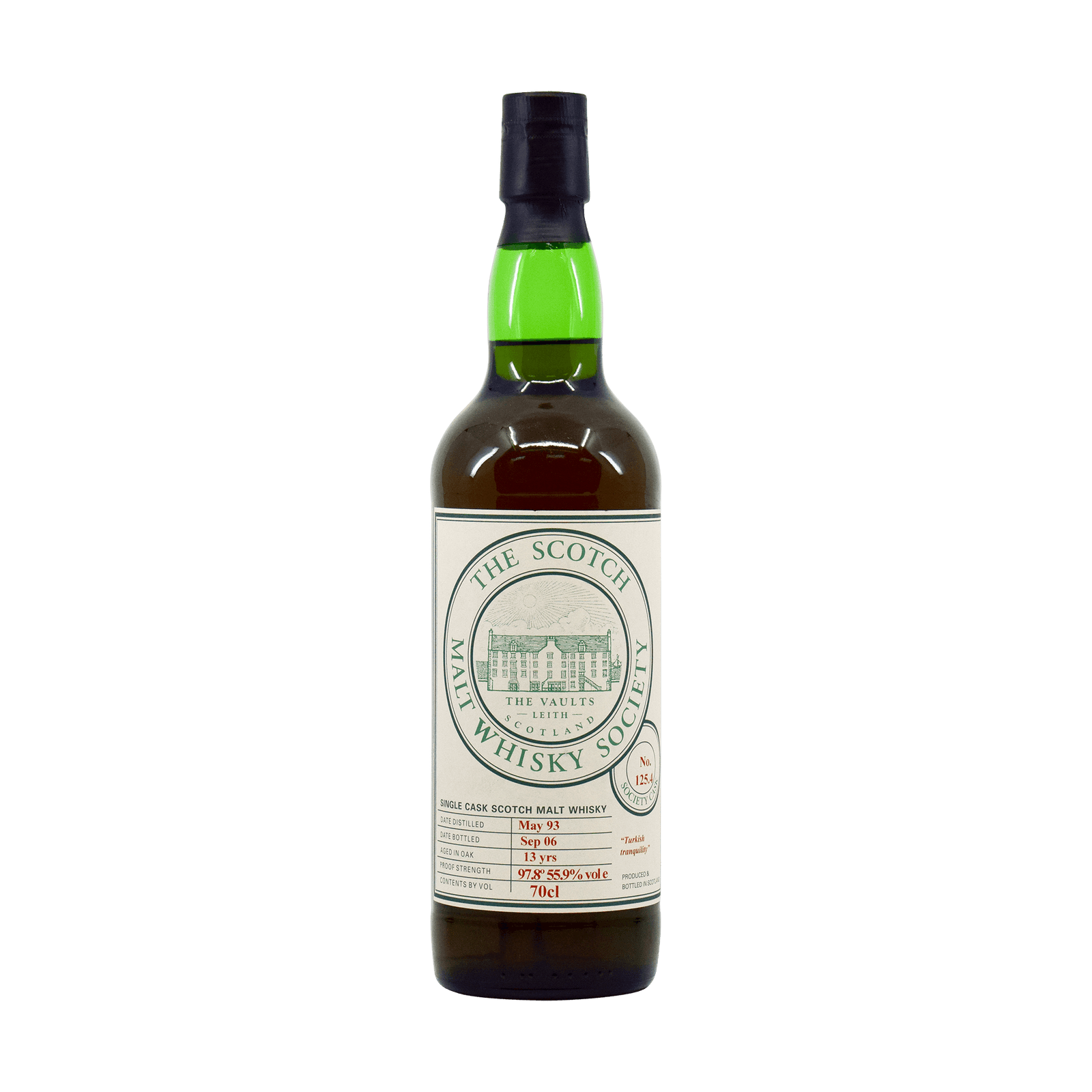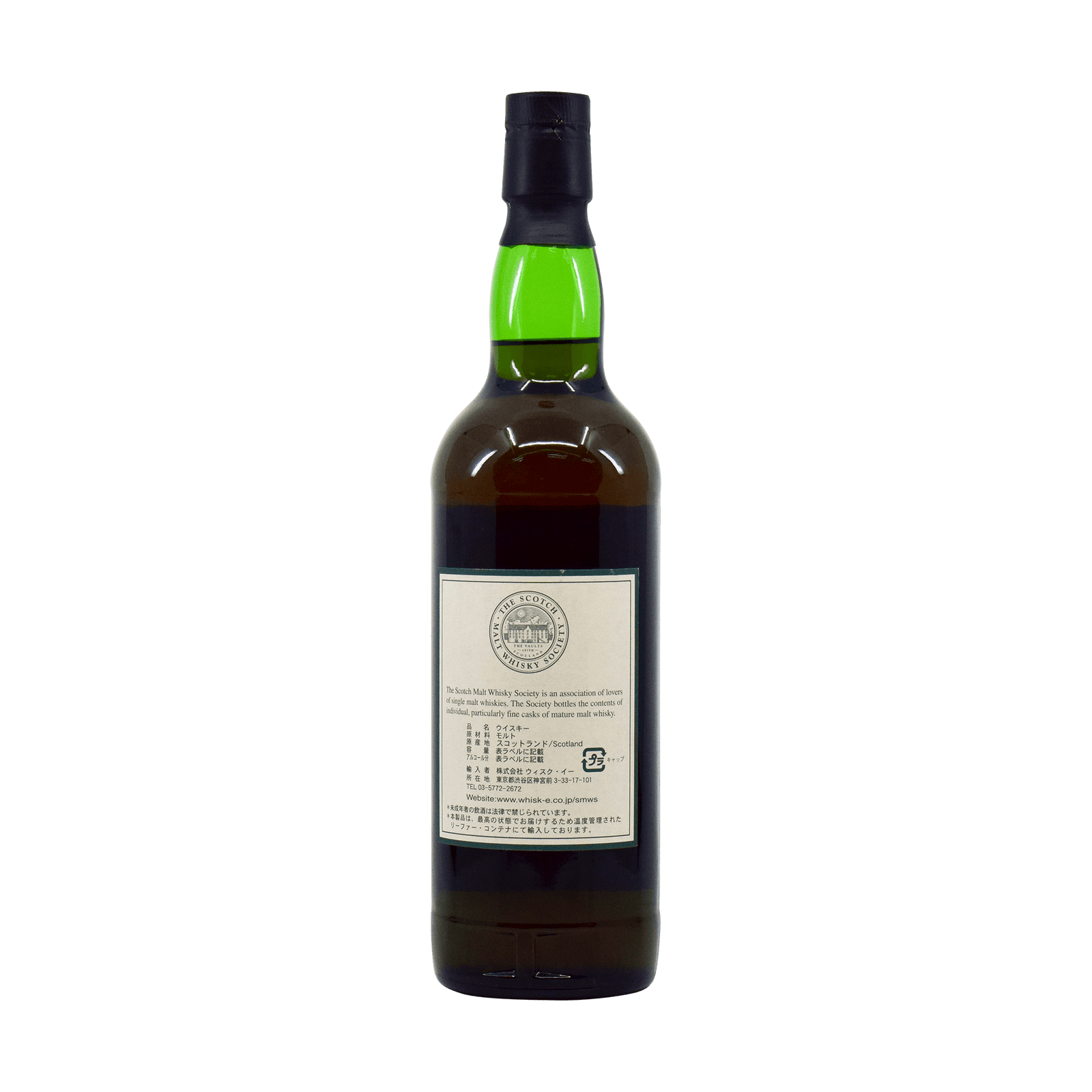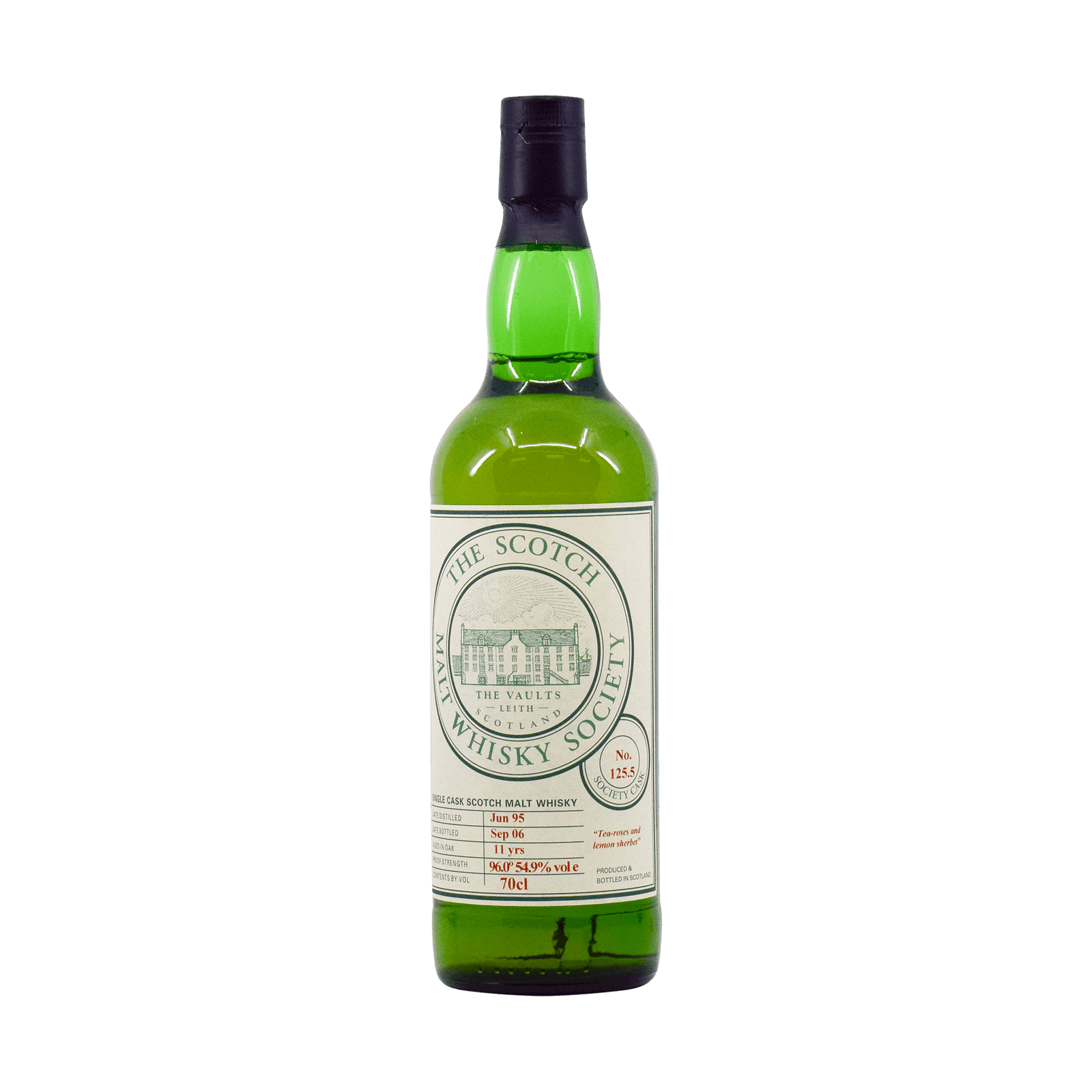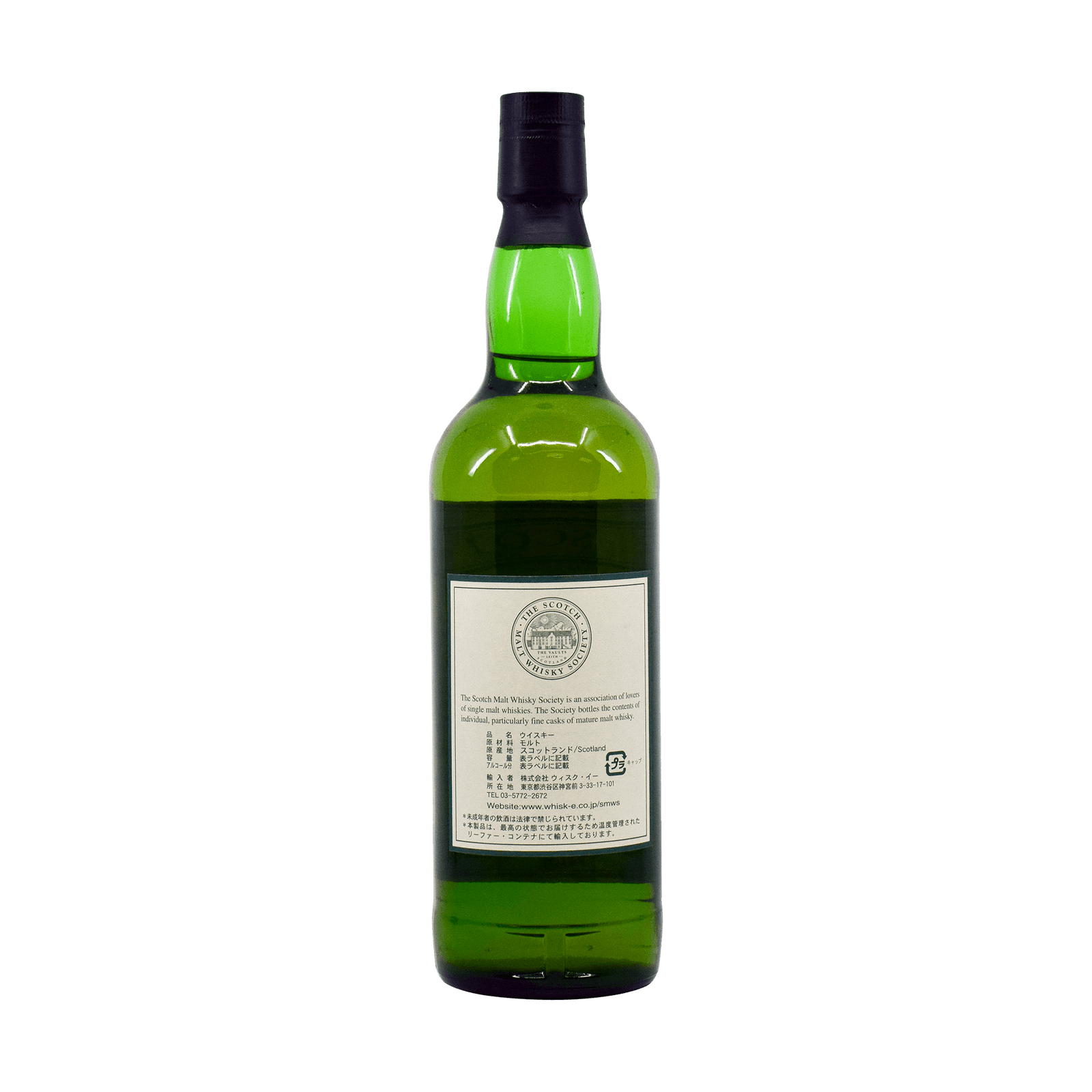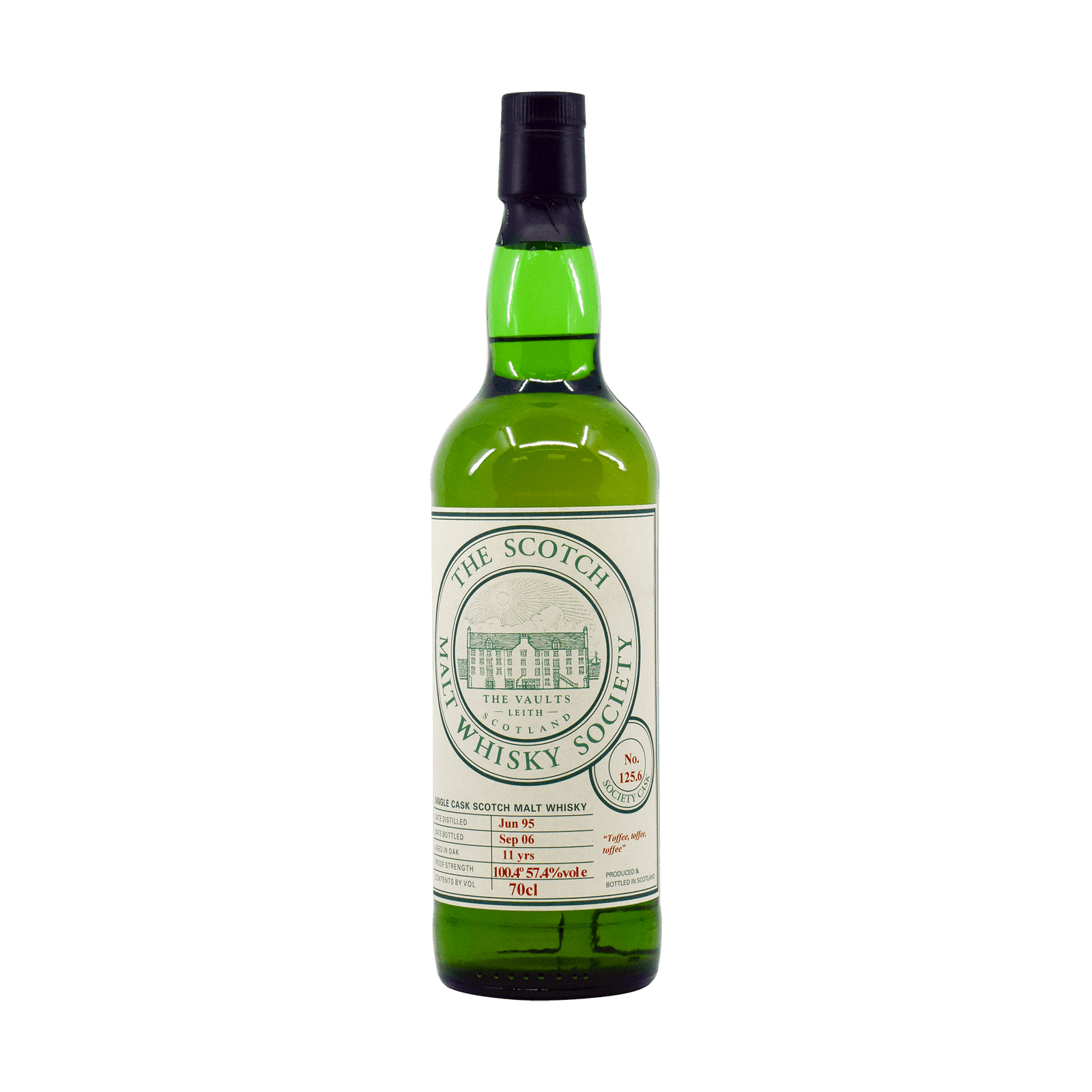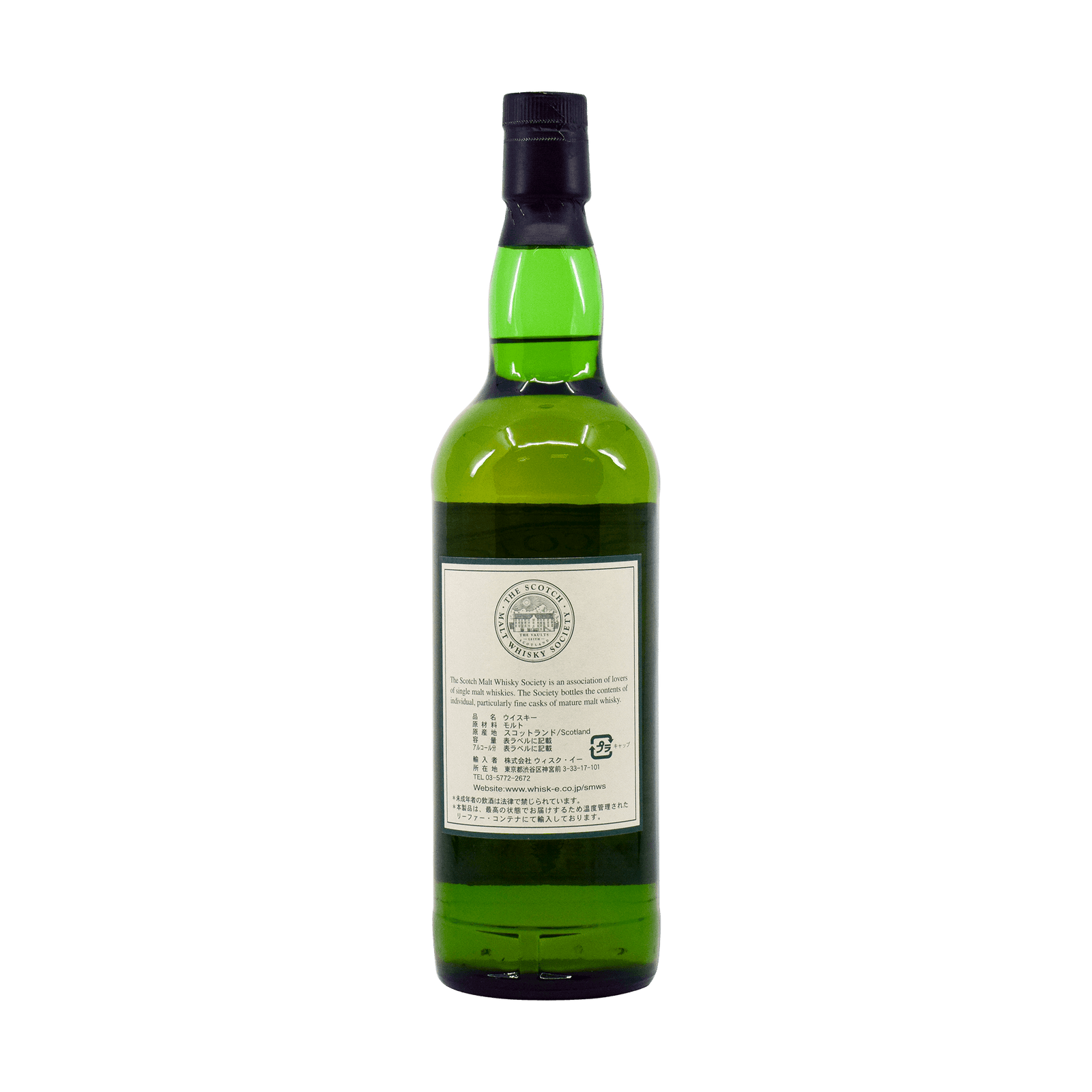SCOTCH WHISKY
- ABERFELDY
- ARRAN
- BALBLAIR
- BEN NEVIS
- BEN WYVIS
- BLAIR ATHOL
- BRORA
- CLYNELISH
- CROFTENGEA
- DALMORE
- DALWHINNIE
- GLEN MHOR
- GLEN ORD
- GLENDRONACH
- GLENESK
- GLENGOYNE
- GLENLOCHY
- GLENMORANGIE
- GLENTURRET
- HIGHLAND PARK
- ISLE OF JURA
- LEDAIG
- NORTH PORT
- OBAN
- OLD RHOSDHU
- PULTENEY
- SCAPA
- TALISKER
- TEANINICH
- TOMATIN
- TULLIBARDINE
- ABERLOUR
- ALLT A BHAINNE
- AN CNOC
- ARDMORE
- AUCHROISK
- AULTMORE
- BALMENACH
- BALVENIE
- BANFF
- BENRIACH
- BENRINNES
- BENROMACH
- BRAEVAL
- CAPERDONICH
- COLEBURN
- CONVALMORE
- CRAGGANMORE
- CRAIGELLACHIE
- DAILUAINE
- DALLAS DHU
- DUFFTOWN
- GLEN AVON
- GLEN ELGIN
- GLEN GRANT
- GLEN KEITH
- GLEN MHOR
- GLEN MORAY
- GLEN SPEY
- GLENBURGIE
- GLENDULLAN
- GLENFARCLAS
- GLENFIDDICH
- GLENLIVET
- GLENLOSSIE
- GLENROTHES
- GLENTAUCHERS
- IMPERIAL
- INCHGOWER
- KININVIE
- KNOCKANDO
- KNOCKDHU
- LINDORES ABBEY
- LINKWOOD
- LOCHSIDE
- LONGMORN
- MACALLAN
- MACDUFF
- MACPHAIL'S
- MANNOCHMORE
- MILTONDUFF
- MORTLACH
- MOSSTOWIE
- NORTH BRITISH
- PITTYVAICH
- ROYAL BRACKLA
- SPEYSIDE
- STRATHISLA
- STRATHMILL
- TAMDHU
- TAMNAVULIN
- TOMINTOUL
- ABERFELDY
- ARRAN
- BALBLAIR
- BEN NEVIS
- BEN WYVIS
- BLAIR ATHOL
- BRORA
- CLYNELISH
- CROFTENGEA
- DALMORE
- DALWHINNIE
- GLEN MHOR
- GLEN ORD
- GLENDRONACH
- GLENESK
- GLENGOYNE
- GLENLOCHY
- GLENMORANGIE
- GLENTURRET
- HIGHLAND PARK
- ISLE OF JURA
- LEDAIG
- NORTH PORT
- OBAN
- OLD RHOSDHU
- PULTENEY
- SCAPA
- TALISKER
- TEANINICH
- TOMATIN
- TULLIBARDINE
- ABERLOUR
- ALLT A BHAINNE
- AN CNOC
- ARDMORE
- AUCHROISK
- AULTMORE
- BALMENACH
- BALVENIE
- BANFF
- BENRIACH
- BENRINNES
- BENROMACH
- BRAEVAL
- CAPERDONICH
- COLEBURN
- CONVALMORE
- CRAGGANMORE
- CRAIGELLACHIE
- DAILUAINE
- DALLAS DHU
- DUFFTOWN
- GLEN AVON
- GLEN ELGIN
- GLEN GRANT
- GLEN KEITH
- GLEN MHOR
- GLEN MORAY
- GLEN SPEY
- GLENBURGIE
- GLENDULLAN
- GLENFARCLAS
- GLENFIDDICH
- GLENLIVET
- GLENLOSSIE
- GLENROTHES
- GLENTAUCHERS
- IMPERIAL
- INCHGOWER
- KININVIE
- KNOCKANDO
- KNOCKDHU
- LINDORES ABBEY
- LINKWOOD
- LOCHSIDE
- LONGMORN
- MACALLAN
- MACDUFF
- MACPHAIL'S
- MANNOCHMORE
- MILTONDUFF
- MORTLACH
- MOSSTOWIE
- NORTH BRITISH
- PITTYVAICH
- ROYAL BRACKLA
- SPEYSIDE
- STRATHISLA
- STRATHMILL
- TAMDHU
- TAMNAVULIN
- TOMINTOUL

Glenmorangie
The process at Glenmorangie starts with mashing unpeated barley with water from the distillery’s Tarlogie Springs – making this one of a small number of hard water sites in Scotland. Although there is no smoke, once a year some chocolate malt is added to the mash for use in the firm’s Signet brand – another of the distillery’s many innovations.
Fermentation is long, while distillation takes place in the tallest stills in Scotland, all of which retain the same long-necked design of the original pair which were brought from John Taylor’s gin distillery in 1887. This extra height allows a long interaction to take place between alcohol vapour and copper, and while the new make is decidedly high-toned [the cut points here are quite high] there is still a little note of cereal adding a dry counterpoint.
The vast majority of Glenmorangie’s make is aged in ex-American oak casks, many of which have been made to the distillery’s exacting specifications: slow-growth American white oak from north-facing slopes in Missouri, which is then air dried. The firm’s Astar bottling uses 100% of these ‘bespoke’ casks. The casks are only used twice, with the second-fill casks all ageing in damp ‘dunnage’ warehouses to increase oxidative-driven flavours.
As the whisky matures, it picks up more lush fruits, some honey, and mint as well as notes of vanilla, crème brûlee and, in the oldest expressions, chocolate. Some of the mature spirit is then transferred to ex-fortified wine [Port, Sherry] and still wine casks [Sauternes, Burgundy, Super Tuscan etc] for a period of finishing. Glenmorangie was one of the pioneers of this technique.


